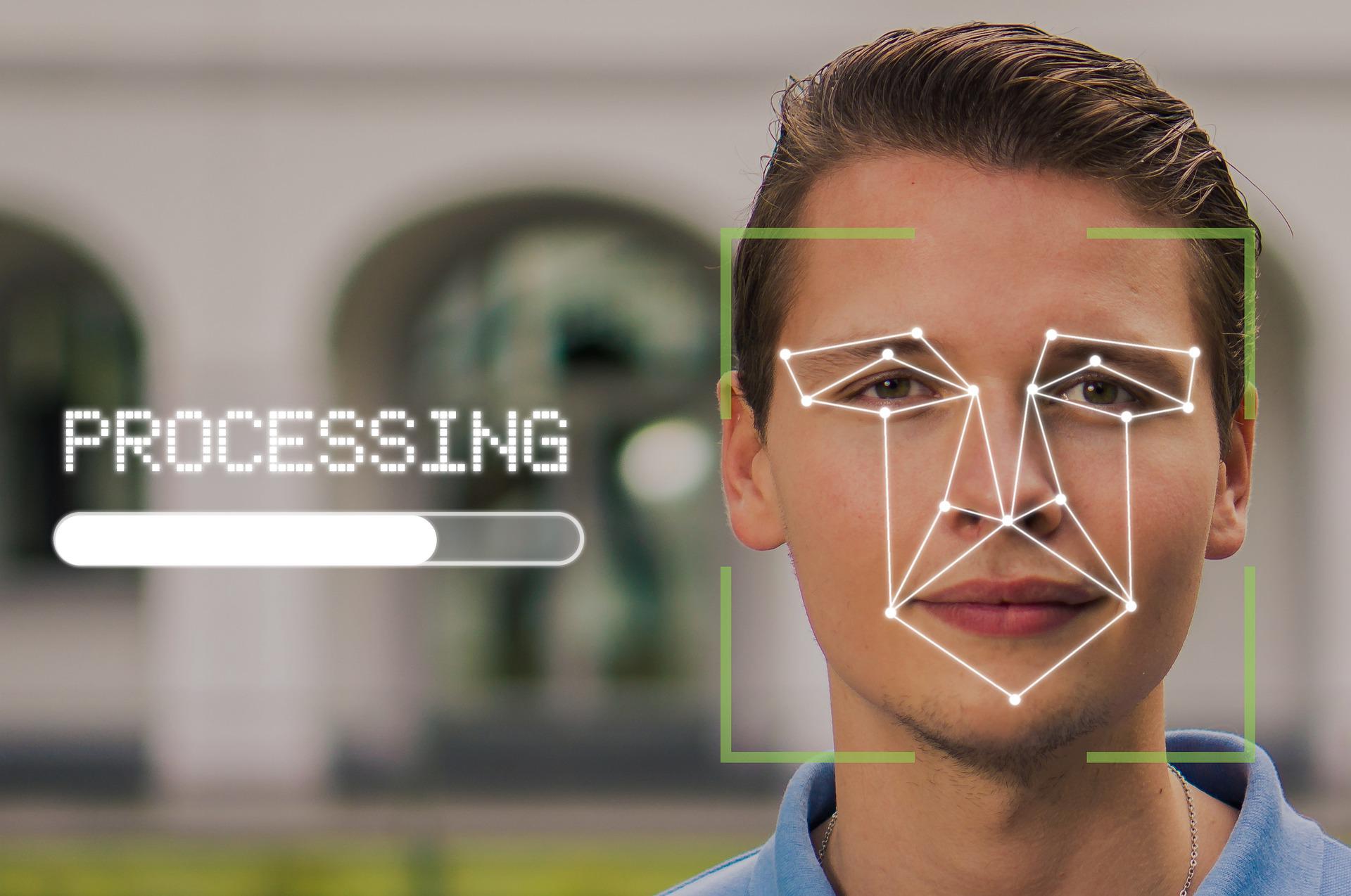Imagine being able to walk into a shop and then pay for your things without ever taking out cash or a card. You may soon be able to accomplish this with MasterCard's new payment system. As reported in CNBC, this newly piloted payment processor would be able to run transactions using data connected to a person's body: "At checkout, users will be able to authenticate their payment by showing their face or the palm of their hand instead of swiping their card." The program is currently on trial in a handful of stores in Brazil, but MasterCard has ambitions to expand their system to retailers worldwide.
If any of this sounds familiar, it's because similar technology already exists, even if it isn't used to process payments. Recent smartphones allow their owners to unlock their phones using a facial scan, and security systems using fingerprint scanning have been around for a while. All of these systems fall under the banner of biometric technology, which could soon become as common as physical padlocks and email passwords.
What is Biometric Tech?
In short, biometric technology uses the features of an individual's body to identify that person. Everyone is unique, down to the patterns on their fingertips, so biometric data can serve as a kind electronic signature, one that's so complex and unique that it's nearly impossible to replicate or fake.
Most often, biometrics are used in security systems. For consumers, these can take the form of the unlock button on your smartphone, which scans your fingerprint, or in multi-factor authentication (MFA). App-based businesses also use biometrics if they collect legal documents for their contractors and employees over mobile devices. Uber drivers, for instance, have to submit a facial scan through the app, as a measure against document fraud, anytime they send pictures of their driver's licenses or car registration.
Why Use Biometrics?
Biometrics, because they rely on the uniqueness of every person's body, tend to be much more secure than more conventional security measures like passwords. A string of linguistic characters on a keyboard can be copied, figured out or hacked, but it's very hard to exactly replicate all of the subtle features of a person's face (or voice or eyeball, etc.) Biometrics aren't just limited to physical features either. Behavioral biometrics can identify people based on their movement and mannerisms as well as their habits on observed devices, such as typing speed.
This is a boon for firms who are looking to beef up their security infrastructure, especially if that firm is dealing with numerous third parties and needs to tightly control access to both their facilities and their networks. There are numerous products out there for small and mid-size business looking to take advantage. If you need help figuring out if biometrics is right for you, or if you're looking to improve your security in other ways--whether through password management, two-factor authentication, encryption or VPNs--Titan Tech has your back. Give them a call today to find out how they can help.
And stay tuned later this week for more tech news.

